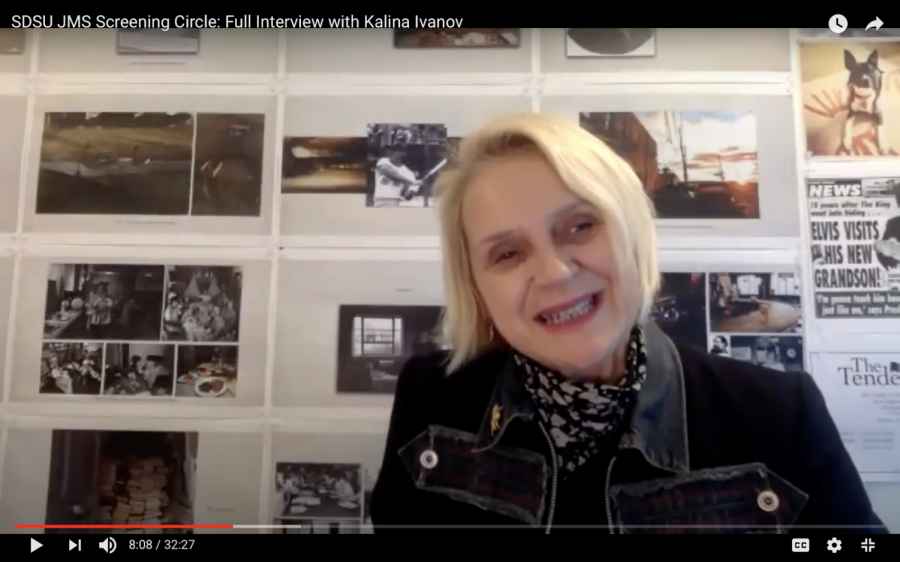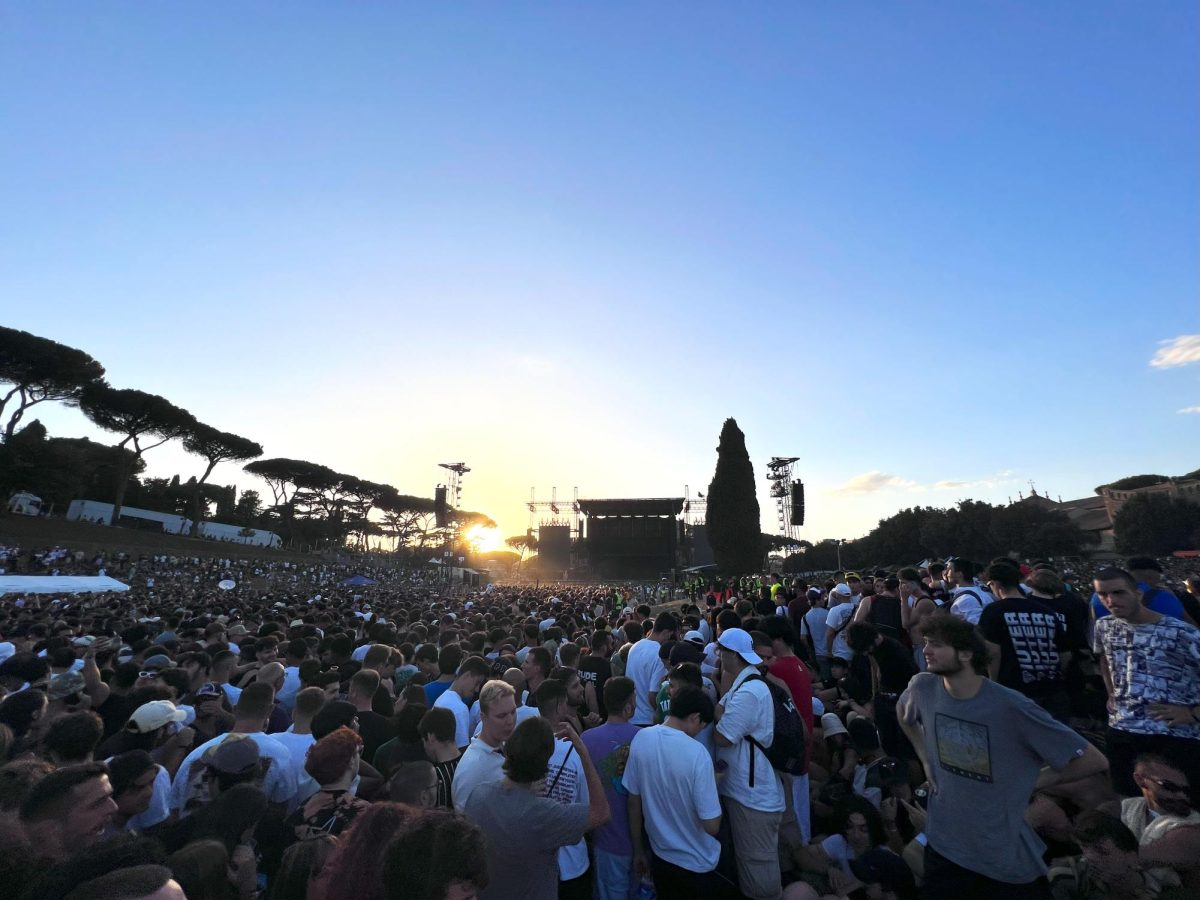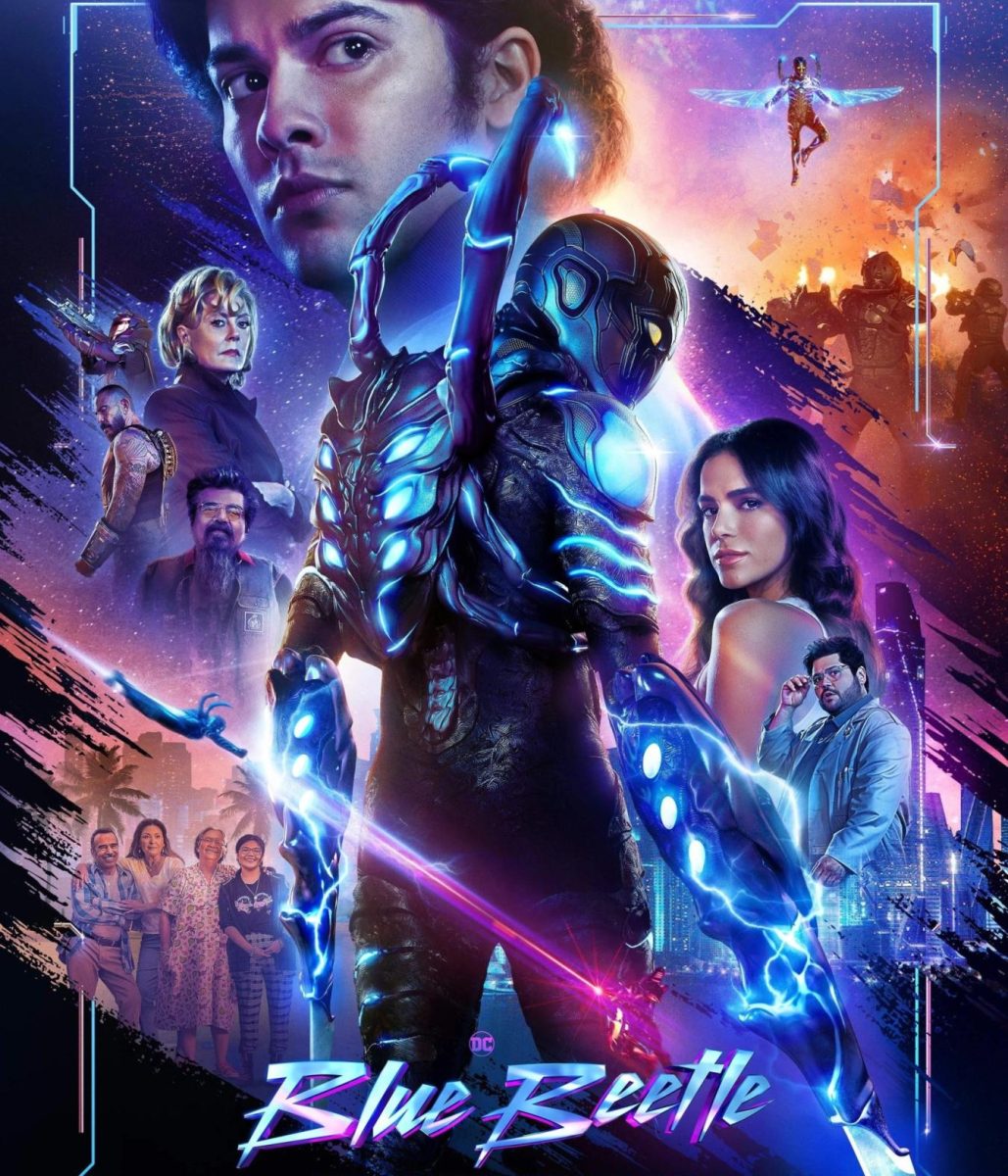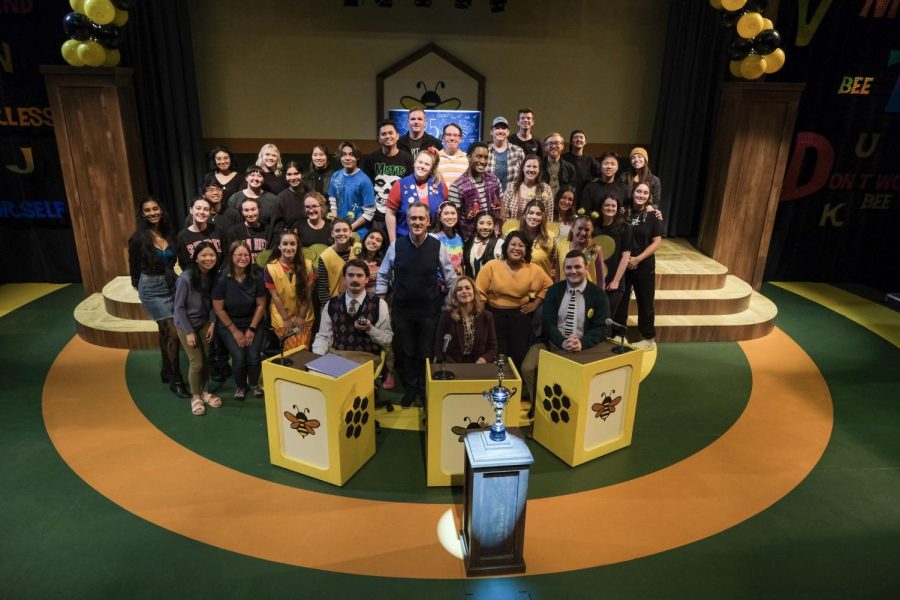The School of Journalism and Media Studies (JMS) analyzed scenes from episode one of HBOMax’s “Lovecraft Country” in its first-ever Screening Circle on Thursday, March 4 via Zoom.
Similar to a book club, the Screening Circle aimed to address and discuss the issues raised in the show, and spark a bigger dialogue about the show’s central theme of racial injustice.
Screening Circle is part of an initiative by the School of JMS’s diversity, equity and inclusion committee.
School of JMS Director Temple Northup, Dr. Kaye Sweetser, JMS graduate student Gabriel Adibe and public relations senior Totyana Simien, who are all members of the committee, worked to bring this initiative to life.
“While we were brainstorming ways we could promote diversity, equity and inclusion and challenge our students to be more socially aware…we came up with the idea of the Screening Circle,” Simien said.
“We wanted to take popular movies, shows, podcasts, etc. that focus on people of color and use it as a way to start these important conversations.”
Adibe and Simien co-hosted the event, while students from Dr. Sweetser’s JMS 585 capstone class helped execute it.
Megan Blacher, public relations senior and one of Dr. Sweetser’s students, said working on the Screening Circle felt like a breath of fresh air.
“It makes me happy to know we are collectively working on something that is literally a catalyst for change. It gives me hope for the next generations of SDSU students that we’re building a community of more empathetic and active people,” Blacher said.
To get a better understanding of the show’s meaning, attendees of the Screening Circle were shown a pre-recorded interview with Kalina Ivanov, “Lovecraft Country” production designer, conducted by co-host Adibe.
In the interview, Ivanov said she and Misha Green, “Lovecraft Country” creator, discussed how they envisioned the show’s look.
The two drew inspiration from Beyoncé’s visual album “Lemonade,” which addresses historical events and ideas in an accurate, yet entertaining way.
Ivanov explained that Green wanted the show to be historically accurate, but didn’t want it to “become so enamored with the history.”
“When the characters were on their magical journey, we were more free to interpret [the show’s time period] and bring, what I call, the contemporary entertainment value by honoring the past, but pushing it forward to modern audiences,” Ivanov said.
During the Screening Circle, attendees were also given the space to share their own opinions of the show and what it represents in breakout room sessions.
“I think [the Screening Circle] was a great opportunity for students to experience watching a show together and go further into it by talking with others and listening to others’ opinions,” Journalism and media studies senior Antonio Marquez said. “It’s a great way to grow awareness of the different topics covered within the show such as racism.”
Business Marketing junior Alanie Abron added, “A key takeaway for me was that talking about the dramatization of trauma, in this case, Black trauma is still a heavy topic for people to discuss.”
“It’s interesting to see that on the one hand, dramatizing trauma may transport the viewer to the reality of a story and therefore encourage a more empathetic viewer…while on the other hand, it may also feed into the disconnect of the viewer where they do not fully understand these severe, oppressive experiences.”
Abron said she appreciated the discussion of Black trauma and its relation to the viewer, and enjoyed the commentary provided by the Screening Circle hosts.
The School of JMS is looking forward to discussing other popular movies and shows with this Screening Circle series and hopes students will become more aware of the social issues happening today.
“We hope that for our allies they can use the Screening Circle to further support their peers of color and gain a better understanding of their perspectives,” Simien said.
“And for our students of color we hope looking at these popular shows and such, will serve as a brave space for them to speak on different social justice topics…and allow them to express their feelings and start important conversations.”










